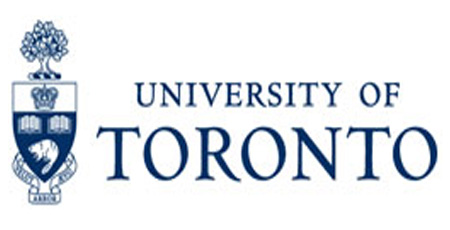Early this month, University of California scientists were seen pointing to the drug Ocrelizumab for the treatment of MS. Now the University of Toronto and The Hospital for Sick Children (SickKids) have presented a study explaining that there’s a new way to predict MS (multiple sclerosis) in children with the help of early MRI scans.
For this study, the investigators developed a scoring tool which was used on MRI scans from pediatric patients. These scans were taken following the subjects’ first acute CNS demyelinating attack. The last mentioned is identified by a range of symptoms such as tingling in the lower limbs, the inability to walk, loss of vision, loss of balance or paralysis too.
Previously, clinicians were necessitated to await the occurrence of another attack before deciding on an MS diagnosis. The issue here is that the second attack may occur any time calculated at a month to years later. Meanwhile, ongoing disease activity arises even between these attacks. Identifying kids with MS with the aid of MRI scans sourced at the first severe attack means the chance to deliver treatment before the next one.
University of Toronto Professor Brenda Banwell of pediatrics, principal investigator of the study, who is a staff neurologist and senior associate scientist at SickKids, notes, “This is the first time anyone has applied an MRI scoring tool to MRI scans from a population of at-risk pediatric patients. The study demonstrates that there are reliable MRI features present at the first clinical attack that indicate that the biology of MS is already established and has been going on for some time.â€
The September 2004 to June 2010 cohort study involving 284 children and teens took into account 1,100 MRI scans from the participants. 20% of these patients were diagnosed with MS 180 days after getting through the first attack. The new technique wielded by the scientists who were part of these findings apparently revealed that subjects with T1-weighted hypointense and T2-weighted periventricular lesions were most likely to have MS, with those showing both types of lesions being placed in the highest risk category.
This study regarding multiple sclerosis diagnosis in children being predictable by employing early MRI scans has been published in the November 7 online edition of Lancet Neurology.

